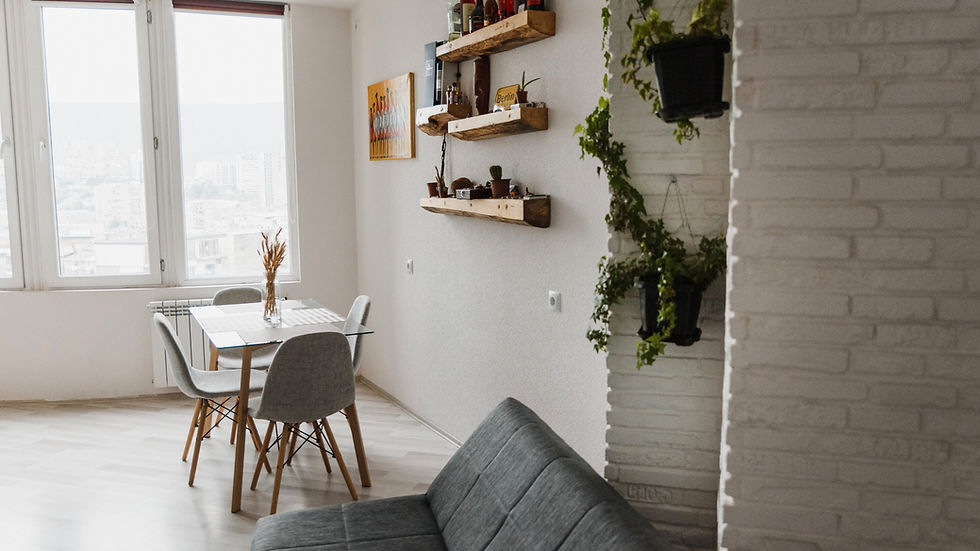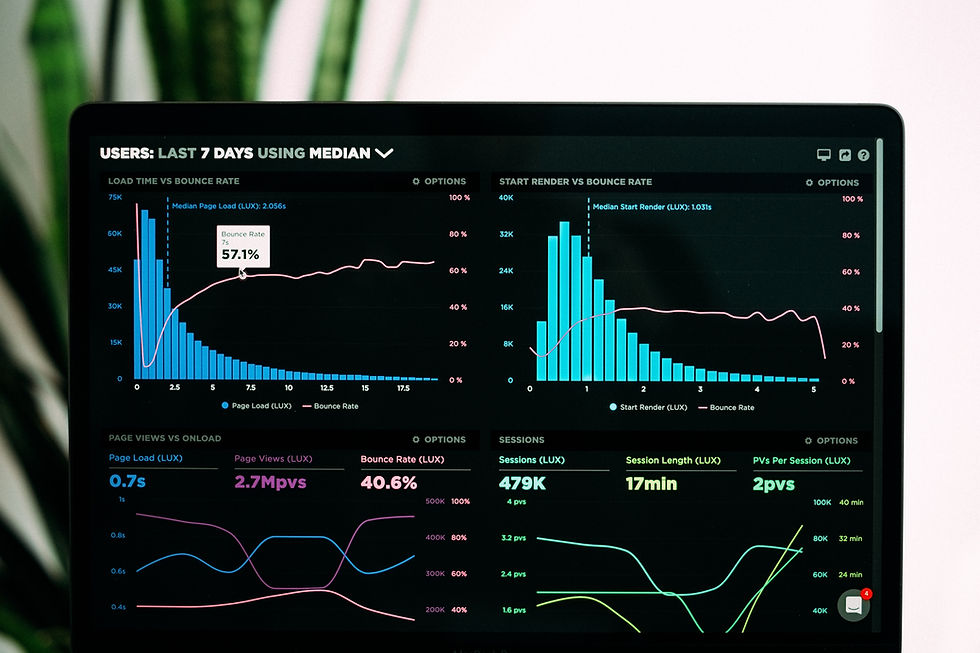Northern Arizona Housing Data: Prices, Sales & Inventory – An In‑Depth Look
- Tyler Vaughan
- 2 days ago
- 3 min read

Introduction
Understanding the housing market requires more than watching headlines. In Northern Arizona, specific metrics such as home prices, sales volume, days on market and inventory provide a clearer picture of where the market stands and where it might be headed. This article examines those metrics using the latest data for Flagstaff and the broader region.
Home prices and sales
Single-family home sales surged in early 2025. Flagstaff’s first-quarter report showed 149 sales, a 12.9 % increase from Q1 2024. The median sales price reached $790,000, up 6.8 % year over year. Price per square foot averaged $445. During June 2025 the median sold price remained high at $768,500, and homes spent a median of 57 days on market. By August 2025, inventory had grown and properties lingered longer; the median list price was around $835,000 and the median sold price near $748,250, with median days on market between 65 and 79 days. August sales totaled 121 homes, down from 129 in August 2024.
Trends suggest a normalization after the pandemic boom. July 2025 saw 107 homes sold, down from 133 sales in July 2024. Sales of single-family homes dropped 28.9 %, while condo sales ticked up 8.3 %, indicating buyers are exploring smaller or more affordable options.
Inventory and new construction
Inventory has expanded. Statewide active listings in Arizona reached 27,635 in September 2025, down from 30,401 in June but still well above pandemic lows. In Flagstaff, there were about 192 active listings in April 2025 according to local MLS data. More supply gives buyers greater leverage and reduces bidding wars.
New construction remains constrained. Coconino County issued 331 building permits for single-family homes in 2024, up 5.4 % from 2023; the average permit value was $469,363. Total building permits in the county fell from 1,123 in 2023 to 703 in 2024. Statewide, the pace of permitting through Q2 2025 was about 12.5 % lower than 2024 totals. Estimates suggest Arizona still faces a housing deficit of 52,846 units, highlighting the need for more construction.
Price indices and time on market
The Federal Housing Finance Agency’s All-Transactions House Price Index for Flagstaff rose to 481.12 in Q2 2025, up from 470.72 in Q1 and 474.71 in Q2 2024. Though prices remain high, growth has slowed compared with the double-digit increases of 2020-2021. Median listing price per square foot declined slightly from $403 in June 2025 to $398 in September 2025. Meanwhile, median days on market lengthened—from 60 days in June to 85 days in September—evidence that buyers are taking more time to choose.
Affordability and workload
Despite the moderating market, affordability remains a challenge. The average Arizona home still costs 51.9 % more than in 2019. At current wages and mortgage rates, households need to work over 64 hours per month to afford a typical mortgage, requiring annual income of around $95,808. Until wages catch up or interest rates decline further, many potential buyers will remain on the sidelines.
Final Thoughts
Northern Arizona’s real estate market is transitioning from the frenzied post-pandemic boom to a more balanced environment. Prices remain high but growth is moderating, sales volumes are normalizing and homes are staying on the market longer. Increased inventory and constrained new construction could keep the market tight, but buyers now have more negotiating power. Real estate professionals should track these metrics closely and guide clients based on up-to-date local data.
.png)
_2x.png)




Comments